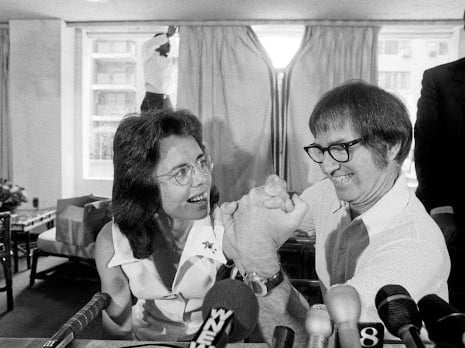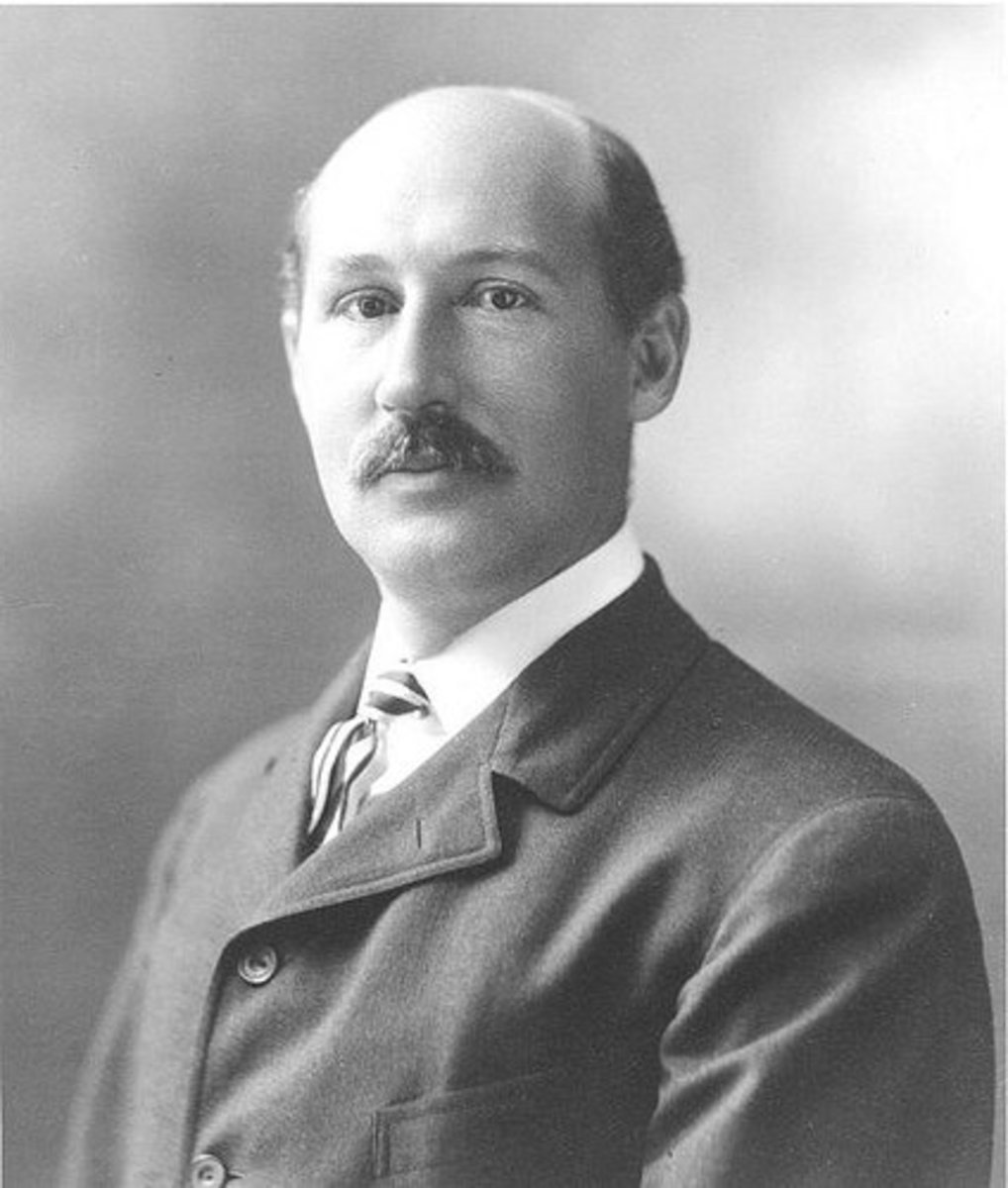"Battle of the Sexes"...and the Mob?

It was the most hyped event of the sexual revolution. On September 20, 1973, former tennis champion Bobby Riggs and the second ranked female player of the day, Billy Jean King, took to the tennis court to do battle. At stake was King’s crusade for women’s recognition in sports versus Riggs’ unabashed proclamation that men were superior to women. In a watershed moment for women's tennis, King prevailed by winning the gender duel in three straight sets. However, speculation would linger that Riggs threw the match.
The highly-anticipated faceoff was on a scale tennis had never seen before. The event was organized by Jerry Perenchio, the entertainment executive who promoted the 1971 Muhammad Ali-Joe Frazier “Fight of the Century.” Over 30,000 attendees packed the Houston Astrodome in a party atmosphere that resembled the Super Bowl with cheerleaders and a marching band. Howard Cosell even served at the mic. King entered the arena seated like Cleopatra on a feather-adorned throne carried by warrior athletes. Riggs made his appearance on a rickshaw accompanied by young models and wearing a yellow jersey emblazoned with the words “Sugar Daddy.” In an orchestrated display by both sides, Riggs presented King with a giant Sugar Daddy lollipop. She responded by handing him a squealing piglet for being a male chauvinist pig.
The circus extravaganza at the Astrodome belied the actual athletic talent behind both tennis players. 55-year old Riggs came up in the 1930s, winning the National Junior Championships before taking Wimbledon in 1939 and the US Open twice, in 1939 and 1941. In the era before the Grand Slam was open to professionals, Riggs claimed the US Pro tournament three times in 1946, 1947, and 1949. His biggest moment came at Wimbledon in 1939 when he placed first at the three finals: the singles, doubles, and mixed doubles. Standing at only 5 feet and 7 inches, Riggs did not exert power behind the racquet as much as he played a quick, shrewd, and tactful game.
King was already an established legend. 26 years younger than Riggs, she won her fifth singles Wimbledon title in July of that year and had been ranked number one in the world in women’s tennis for five years: 1966-1968 and 1971-1972. Despite her prodigious tennis skills and string of victories, King felt that the women’s game was under-recognized and under-remunerated. Only months earlier, to address the inequality issue in pay, she founded the Women’s Tennis Association (WTA), which eventually gave rise to a prestigious circuit of female professionals competing for lucrative prize money.
King’s rival was anything but the typical straight-laced, white-outfitted, male tennis player. Riggs was a fast-talking, self-promoting hustler and gambler. Always looking to stage publicity stunts for a wager, the flamboyant California native who retired in 1959 held bizarre theatrics like playing tennis matches in drag, tossing cards into a wastepaper basket, shooting basketball free throws, etc. Four months before the showdown in Houston, Riggs challenged the world’s number one ranked female player, Margaret Court, to a three-set match on Mother’s Day. Hollywood celebrities such as John Wayne and Bill Cosby, plus athletes like OJ Simpson and others from the tennis establishment showed up to the remote grounds in Ramona, California. Riggs crushed Court 6-2 and 6-1. The outcome became known as the “Mother’s Day Massacre.” Riggs landed on the cover of Sports Illustrated with a heading that read, “Never Bet Against This Man.”
King refused to let the high-profile “massacre” go unanswered. Radio announcers and TV commentators were reinforcing Riggs’ claims of male dominance in sports, pushing back on everything she was fighting for. It was the height of the women’s movement and colleges were also adopting the newly-enacted Title IX, which prohibited discrimination against women in federally-funded college programs. Tirelessly promoting the match on the airwaves and on the ground, Riggs continued motor-mouthing about male supremacy. In one of his showmanship acts, he sold tickets for people to watch him hit tennis balls against a poster of King. For Riggs, the hustle was man versus woman and the prize was $100,000. For King, it was all about championing the women’s liberation movement.
50 million Americans tuned in to watch King try to close the gender gap in the "The Battle Of The Sexes." Oddsmakers put the game at 5-2 against her and she ended up sweeping her opponent 6-4, 6-3, and 6-3. Known for his accurate shots even in his later years, Riggs played an unusually poor tennis with flagrant blunders and unforced errors. He missed nearly half his first serves and double-faulted on key points. Some noticed that Riggs was in top shape when he played Margaret Court, but leading up to the match against King, he spent more time partying and hustling than practicing.
Speculation grew that Riggs threw the match. The inveterate gambler had a habit of betting on himself so he could play his best on the court. He claimed he won $108,000 in 1939 at Wimbledon when he put money on all three of his Grand Slam tournaments. Friends and family knew that his frequent gambling jaunts to Las Vegas and golf outings with unsavory characters brought him into contact with the mob. Decades later, stories emerged that Riggs ran up gambling debts with nefarious types and that he took advantage of the 5-2 odds against him to drop his game and erase the debt. Others brought up his hustling sophistication and pointed out that he was merely setting the stage for a re-match against King with fatter betting margins. Riggs did ask King for a re-match, but she refused.
Riggs died in 1995, and he always dismissed allegations that he fixed the "Battle Of The Sexes." King refuted them as well, claiming that Riggs was nervous on the court and tired out quickly. But to the sporting world's legacy, King had done her job that day by planting the flag for women’s tennis and bringing the issue of equal pay to the forefront.
© 2019 Gill Schor








